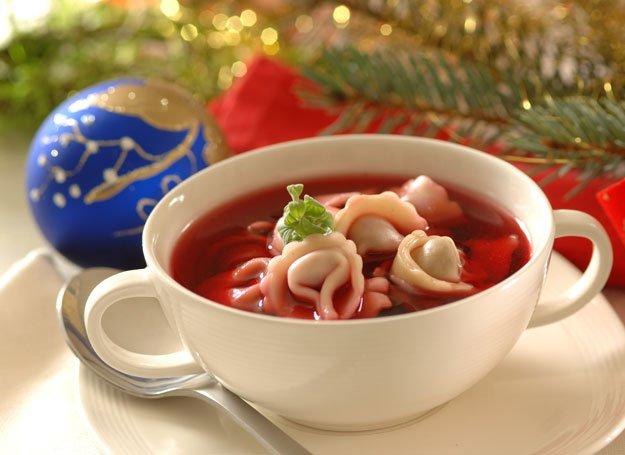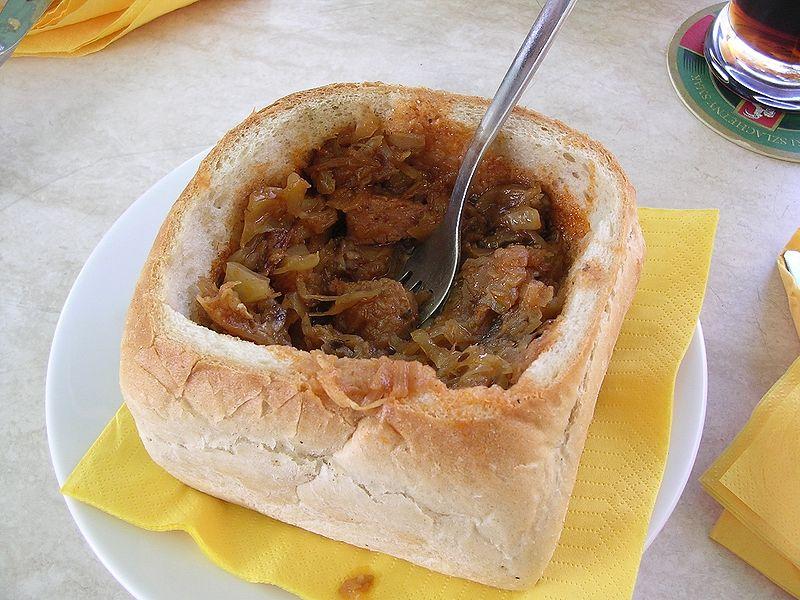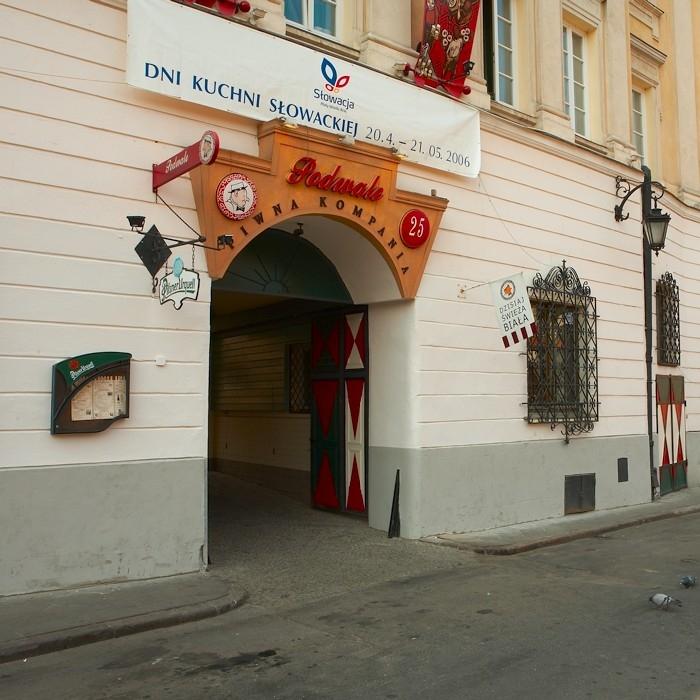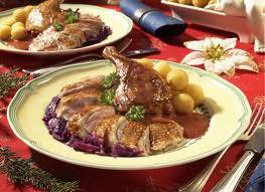Warsaw Food Tour – not only for the soul but also for the body
History of Polish food and cuisine
Polish cuisine in the Middle Ages was based on dishes made of agricultural produce (millet, rye, wheat), meats of wild and farm animals and fruits, herbs, and local spices. Typical tastes of Old Polish cuisine it salty, lightly fermented or marinated (e.g. dill pickles, cabbage, sour milk, kvass), as well as moderately pungent (the horseradish, mustard, chives, onion, garlic, and overseas pepper)
What will you taste during the Warsaw Food Tour?
When You travel to any country, You always want to taste the local cuisine which is a part of getting to know the local culture. Since polish borders have changed many times throughout the history of Poland , Polish cuisine is often flavored from neighboring countries.
Dumplings -Pierogi
Undeniably, pierogi is the most popular Polish food. Pierogi is already plural in Polish (pieróg is singular), but in the US people love to call it pierogis which makes no sense. They are thinly rolled-out dough filled with a variety of fillings, savory or sweet. They could be served as an appetizer, main dish, or dessert.
Cabbage Rolls – Gołąbki
Polish golabki (translating directly it means ‘little pigeons’) is cooked minced meat, often with onions and mushrooms, wrapped up in a leaf of white cabbage and stewed. It’s one of the dishes that was surely brought to the US by Polish immigrants. They’re served with either boiled potatoes or bread and poured over with a thick and creamy tomato sauce.
Hunter’s Stew – Bigos
Polish people love to pickle food. The Polish pickled cucumber is a bit different than the traditional gherkin you might be used to – it’s a bit sour, with a lot of dills, similar to kosher-style pickles.
Bigos – a rich stew which is sometimes translated into ‘hunter’s stew’ is made with various types of chopped meats, sauerkraut, and shredded fresh cabbage. The recipe generally changes from house to house but it’s very hearty and sometimes describes as the Polish version of chili.
Pyzy & Knedle
‘Pyzy’ is a type of large oval-shaped dumpling (the singular being ‘pyza’) stuffed with meat, cheese or mushroom stuffing and boiled in water. They’re so big that they’re usually only served two or three in a portion as a main course.‘Knedle’ are quite similar, made from a potato dough that can be both a side dish or a dessert because it is stuffed with fruit-like plums that are slightly sweet but also a bit tart.
Red beetroot soup served with kołduny (little noodles)
The word Uszka actually means ‘little ears’ and it’s quite appropriate given the shape of the little mushroom or minced meat dumplings that come in the Barszcz which is a sour soup or borscht that’s colored red by its beetroot base.
Sour soup- żurek
This unique and humble soup is popular in many West Slavic states but the Polish version is traditionally eaten around Easter time.It’s known as the Polish Ryemeal Soup and is made by fermenting the cereal (Rye) and cooking it with sausage, bacon, or ham. It’s creamy, smokey, cooked with lots of garlic and is not as sour as fermenting suggests, it’s more of a rich savory sour taste.
Potato Pancakes – Placki Ziemniaczane
The authentic Polish potato pancakes are a traditional comfort food eaten all over the country. Everyone has their own family recipe but the base is always potatoes, grated onions, eggs, and flour, flattened and fried into savory pancakes.
So indulge Yourselves in typical Polish dishes served in traditional style and experience Polish hospitality…
ITINERARY :
- Pick up from the hotel or B&B
- drive or walk into several Warsaw restaurants where You will taste Polish dishes mentioned above
Duration 4 hours
Total amount: 50 Euro per person
minimum number of participants is 3 PAX
(VAN for 1-7 passengers) driving & walking tour
CONTACT INFO
Hubert Pawlik
Mobile





